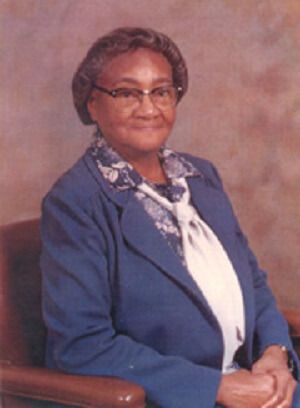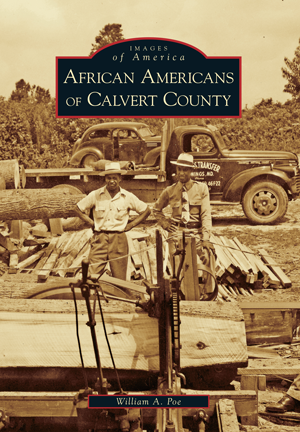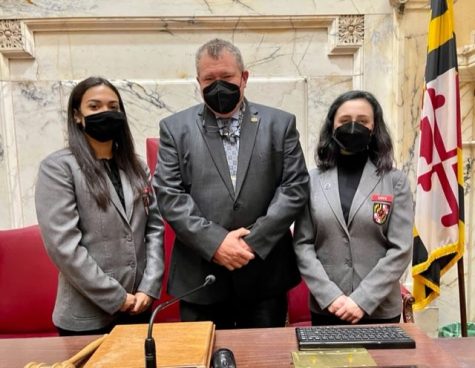Harriet Elizabeth Brown: Behind the Scenes of History

Harriett Elizabeth Brown
The importance of local history and how it helps us understand the greater historical context of events
In the midst of the Civil Rights Movement, many inspiring leaders emerged to battle racial inequality in the states. Most notable among them was Martin Luther King Jr., who led demonstrations which brought together millions to protest alongside him. Still, even before him, countless people made advances in civil rights by pursuing legal action through the courts. Among them was Calvert County’s Harriet Elizabeth Brown, whose work helped shape and mark the beginnings of the Civil Rights Movement.
Born in Baltimore and raised in Philadelphia, Harriet Elizabeth Brown grew to be a prominent pioneer in the fight for civil rights regarding equal pay for Black teachers. Her story began in 1931, when Calvert County Public Schools (CCPS) hired Brown to become a teacher in Mt. Hope Elementary School. Due to the Supreme Court case, Plessy v. Ferguson, schools were segregated into white and colored, such as the one she taught at. After working in the county for several years, Harriet noticed the pay disparity between her and her white counterparts. Brown found that she was earning barely half of what the white teachers were making, which was clearly against the 14th Amendment that gave equal rights to everyone regardless of color.

Soon after, Harriet began consulting Civil Rights Advocacy groups, such as the National Association for the Advancement of Colored People (NAACP), which introduced her to Thurgood Marshall. Marshall, who was also from Maryland, worked as an attorney for the NAACP and had prior success in cases surrounding equalizing pay for colored teachers. Brown and Marshall started working together and in November of 1937, petitioned the case at the Circuit Court of Calvert County. The end goal was to equalize salaries for the workers in CCPS without race being a variable. Calvert’s Board of Education settled with the two outside of court by December of the same year, but that was not enough because they wanted change for every teacher in the county, not just Brown. In the settlement, Calvert County agreed to provide equal salaries, and put it into motion for the 1938-1939 school year. Following this victory, the statewide equality of salary between races was seen in 1941 when Maryland’s Pay Equalization Law was established. The success of her case against the Calvert County Board of Education and many others, inspired Thurgood Marshall to pursue other inequalities within the education system in America. This eventually brought him to the Brown v. Board of Education.
Thurgood Marshall served as the attorney for a collection of NAACP-sponsored cases in Brown v. Board of Education. Marshall’s stand on the case argued that racial segregation in schools violated the rights granted in the 14th amendment. In this landmark case, the Supreme Court unanimously agreed in 1954 with Marshall’s case, overturning the ruling of Plessy v. Ferguson. This case was a turning point in American history by striking down one of the most discriminatory Supreme Court decisions.

For over 30 years following the success in her own case, Harriet remained working in Calvert County. In 2009, Harriet Elizabeth Brown passed away, but her achievements live on. To honor her, Calvert County designated the intersection of Route 2 and Pushaw Station Road in Sunderland, Maryland in her name, as well as a community center in Prince Frederick. Harriet Brown’s work in the battle for civil rights will continue to serve as a reminder of the very influence Calvert County’s local history has had on the nation.









